17487 US HWY 75, Howe, TX 75459 | sales@americanfreedombuildings.com | (833) 925-2726
(833) 925-2726
sales@americanfreedombuildings.com
Material We Use:
Galvanized Steel vs Red Iron
Steel Versus Red Iron Buildings:
Which Material is Best for Your Project?
The metal building craze is taking the commercial world by storm.
Steel buildings, in particular, are slowly becoming the number-one alternative to traditional wooden structures. Their weather-resilient, eco-friendly, and sustainable traits make steel buildings incredible long-term investments from a business perspective.
But steel isn’t the only type of metal building. Red iron steel buildings are picking up considerable steam, as well.
Both deliver significant benefits. But which one is right for your project?
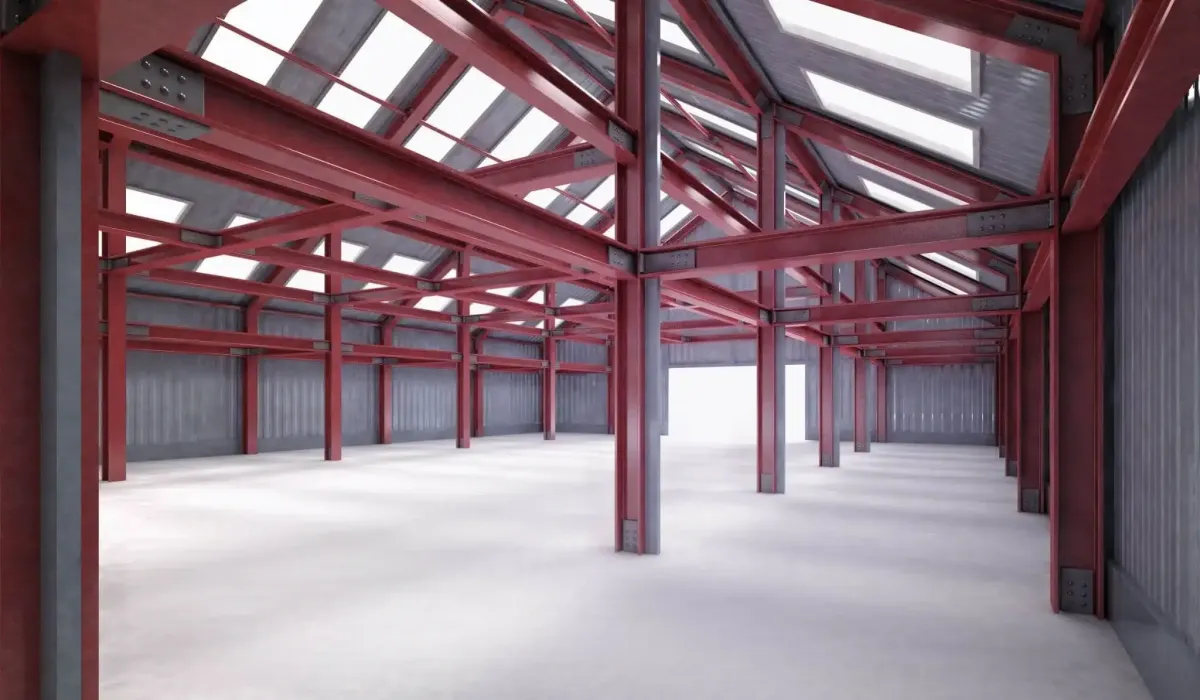
Building Materials
Aside from their distinct colors, how do steel and red iron buildings compare material-wise? You’ll be surprised!
Steel Buildings
Steel is one of the most versatile, durable, and damage-proof construction materials on the entire planet. This material is engineered for strength at a microscopic, elemental level.
It all begins with crushed iron ore tossed into a blast furnace. After removing the impurities and infusing minerals like manganese and carbon, the steel is strong and malleable enough to be fabricated into shapes.
What happens next depends on whether you choose a structural steel or a pre-engineered steel building.
Structural steel buildings combine I-beams, tubing, and sheets with other materials, like wood and concrete, to build sturdy buildings from scratch.
Pre-engineered buildings (PEB), on the other hand, are 100-percent steel and made almost entirely in factories. The manufacturer will ship all of the supplies to a commercial site for a crew to assemble.
Red Iron Buildings
With an iconic rust-colored tint, there’s no question that red iron buildings live up to some portion of their name.
But here’s a little-known fact:
They’re not really made from iron.
Red iron buildings are actually built with industrial-grade steel primed with a coat of red-tinted iron oxide mixed with other alloys. This primer layer creates a water-wicking barrier to protect the steel from rain and snow.
Manufacturers configure this steel/iron duo into a capital “I” shape, known as an I-beam, to shorten construction times.
The result?
An industrial red appearance, enhanced corrosion prevention, and added durability when bearing heavy loads and severe weather.
The Building Process and Timeline
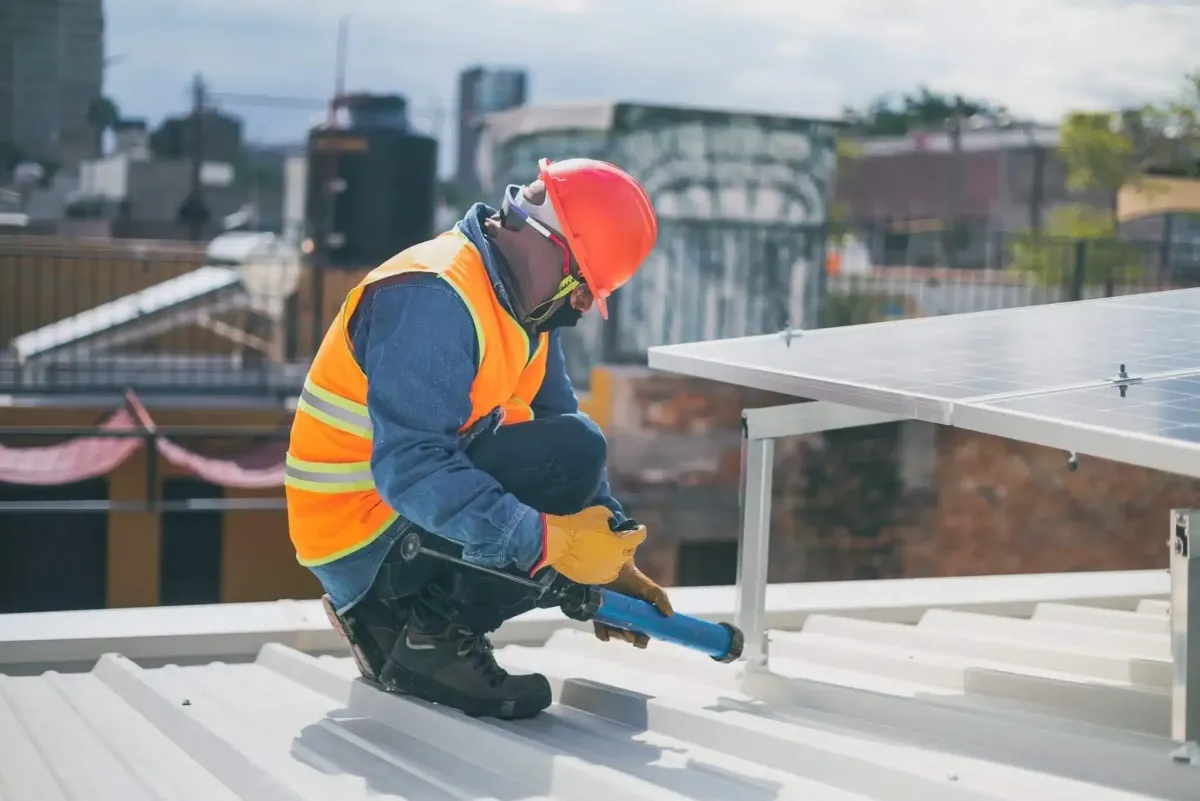
How long does it take to break ground on a steel or red iron building?
Is one of these steel structures more costly and time-intensive than the other?
Here’s a side-by-side comparison of the two:
Steel Buildings
The “claim to fame” of steel buildings is how quickly they go up.
They have a very short “lead time,” which means that the materials arrive relatively fast.
The average lead time for a shop, restaurant, or small self-storage facility could be as little as six to eight weeks. Manufacturing plants, data centers, and community rec centers have lead times closer to sixteen weeks.
From there, it could take less than a few months to convert that freshly laid foundation into a fully functional commercial building.
That’s why PEMBs are a better option for companies with tighter deadlines.
How Steel Buildings Are Made
In a traditional wooden build, a timeline of a few weeks (or even months) typically means low-quality construction.
Yet, since PEBs ship ready to assemble, with all materials in one load, here’s how simple the building process is:
Pour the foundation and position the anchor bolts as recommended by the blueprint.
Erect the columns from the anchor bolts with nuts and washers; be sure to work on one bay at a time.
Begin installing sidewall girts, rafters, eave struts, and purlins to complete the framing.
Install bracing to prevent wind sway before installing the base trim.
Drill the wall sheets into the steel frame.
Add insulation to the walls for better temperature control and pest prevention later on.
Start installing the roof sheeting and roof insulation.
Finish installing the trim.
The exact process will depend on the complexity of your customized steel structure. For example, adding skylights, solar panels, roll-up doors, or exterior paint could add days or weeks to your project’s timeline.
Red Iron Buildings
Red iron buildings could take somewhat longer to build than standard steel structures.
The extended lead time stems from the simple fact that red iron buildings are best for larger facilities. Bigger buildings require additional planning and larger material orders, adding weeks or months to the lead time.
Red iron buildings are almost fully customizable in the structural sense.
They tend to be a good deal taller than traditional steel, often sporting mezzanines, lofts, and even second stories. Their reinforced I-beam frames are so strong that they can support near-unlimited lengths, widths, and heights without interior columns.
Understandably, it could take up to five times as long to receive the materials and erect a red iron building.
How Red Iron Buildings Go Up
From afar, a red iron building’s frame might look similar to that of a steel building. But upon closer inspection, you’ll see a red iron building is more a mix of I-beams than a complicated steel structure.
In a red iron building, the column I-beams interconnect with the roof I-beams via a series of secure bolts. As a result, construction requires little on-site welding.
Weather and Pest Resilience
The longevity of your metal building could very well depend on its ability to withstand weather, fire, and pests.
Let’s see how these two structures hold up to destructive elements:
Steel Buildings
The thought of steel sitting in thunderstorms might make you nervous. After all, research shows that an alloy exposed to acidic rain with a pH of 3.5 or higher is vulnerable to corrosion and degradation.
Thankfully, that’s rarely an issue with steel buildings.
Most manufacturers treat their steel with molten zinc, creating a moisture-proof barrier that can prevent unsightly rusting. Steel buildings are also surprisingly safe when lightning strikes because the electricity flows to the ground rather than inward.
These structures are remarkably resilient to other natural disasters and pests, too. Thanks to their sturdy structures, steel buildings can:
Handle the rocking from earthquakes with a low risk for damage
Withstand hurricane-force wind gusts
Keep termites or insects out
Survive blizzards without collapse (if they have high-snow-load roofing)
Avoid water leaks due to their water-tight fasteners and trims
In addition to fewer repairs, steel buildings fall into the “fire-resistant” and “non-combustible” categories. If a fire does engulf some part of your facility or plant, it’s unlikely to continue spreading.
Red Iron Buildings
Red iron buildings are even more resilient than their traditional steel counterparts, making them a better choice in regions of the country with extreme weather.
The linked I-beam frame allows these structures to withstand fierce winds and heavier snowfalls without sustaining structural damage or risking roof collapse.
Of course, that iron oxide coating provides red iron buildings with an edge:
While a steel building might develop rust patches decades from now, the red-tinted coating can prevent corrosion for even longer.
This feature alone might just seal the deal, at least from the long-term investment perspective.
Customization

The best way to protect this multi-million dollar investment is by customizing the building’s design to match your company’s specific needs. But how much can you customize steel and red iron buildings?
Here’s your answer:
Steel Buildings
Steel buildings are highly customizable, whether you head a retail center, office warehouse, or maintenance facility. By partnering with a builder, you can build a structure that matches your company’s needs.
In addition to a custom length and width, your company can select:
Awnings and Canopies
These overhead covers can shield entryways and exits from rain, snow, and heavy wind gusts.
Roof Pitch
Gable roofs with pitches lower than 4:12 tend to deliver that boxy, industrial design. A pitch of 8:12 or higher (or even a wind-resistant hip roof) allows for better snow and rain spill-off in inclement weather.
Clear Span
“Clear span” is a term used to describe buildings that don’t require interior columns for structural support. Many steel buildings can extend 150–200 feet before needing columns.
With columns, your building can be as long as you want and over 400-feet wide, adding impressive square footage.
Doors and Windows
When it comes to entryways for your steel building, you have a few customization options:
Remote-controlled metal roll-up doors for garages or loading docks
Hydro-swing doors for hangars
Sliding doors if your company welcomes visitors
Window choices include everything from long-lasting aluminum windows to overhead skylights embedded in the roof.
Exterior Appearance
You can also add an aesthetic touch that matches your building to your company’s branding.
Customize the outward appearance of your steel building with a range of add-ons:
Stucco for a more natural feel
Brick veneer to achieve a luxurious look
Wood for a rustic appearance
Basic metal paneling
Or, you can invest in a mix of several facades. Metal paneling might be just fine on the rear of the building, but brick might be better for welcoming your customers.
Red Iron Buildings
Red iron buildings are quite similar on the custom design front. Depending on which builder or manufacturer you select, you have full control over both the interior and exterior finishes.
If a building tailored to your company is your top concern, either building type will work for you.
Warranties
Whether red iron or steel buildings spark your company’s interest most, the best way to protect this long-term investment is with warranties.
So which metal building is best?
Steel Buildings
You can cover just about every aspect of your steel building under some type of warranty. That could include:
1 year on workmanship
20+ years on the framing
25+ years on exterior paint
10–25 years for the roof paneling
30+ years for either snow or wind damage
40+ years on rust and corrosion
50+ years on the trusses
Lifetime guarantee on the steel fasteners
If a beam develops a crack or the fasteners develop a rusted tinge, your company won’t owe any out-of-pocket fees.
Red Iron Buildings
While quite different from steel buildings on the structural level, red iron buildings carry similar warranties to boost confidence in your investment.
The key distinction is that red iron buildings often come with longer warranties than steel buildings, such as:
25+ years on sheet metal paneling
40+ years on walls and trim
40+ years on the paint
30–40 years for the roofing
50+ years on the I-beams
50+ years (or even a lifetime) structural warranty
Lifetime warranty on all fasteners that hold your structure together
Now, how do these added years of protection protect your corporation?
For one, a 30 or 50-year warranty can spark confidence in the manufacturer’s materials. Think about it: why would they offer a 25-year promise on sheet paneling if past clients have complained about damage in only five years?
It also makes red iron buildings a better choice in areas with heavy rain, snow, wind, and inclement weather. These buildings can practically survive it all.
Pricing
All of the above doesn’t matter if the building falls outside of your company’s budget. Which one of these buildings is the more economical choice?
Let’s find out.
Steel Buildings
As you might already know, steel buildings are generally more affordable than wood-framed buildings. They also require fewer repairs, have energy-efficient roofs and insulation, and reportedly last a lifetime.
That makes steel structures great investments. If your company eventually decides to relocate or sell the lot, the business can also take the “green” route by recycling and repurposing the steel.
Regular steel tends to be the more cost-effective of the two materials. Pre-engineered structures also require less rented machinery and fewer man-hours to erect. What you lose on materials, you’ll save on labor costs.
Generally, a steel building costs about $20 per square foot for a standard model. Customized versions cost almost double that, at $40 per square foot.
Red Iron Buildings
On the other side of the spectrum, red iron buildings typically yield higher price tags, take longer to erect, and require more materials (since they’re on the larger side).
For example, erecting a 300-foot wide, two-story red iron building could require cranes and other heavy machinery, which will cost you more. Red iron buildings may also take longer to build, given their sheer size, adding extra in the form of labor costs.
These buildings will often cost more upfront, but their longer warranties will offset those fees in the future.
Steel vs. Red Iron Buildings:
Which Is Right For You?
Now, you’re probably wondering where steel buildings or red iron structures are your best option?
Here’s a quick guide to help you decide:
When to Choose Steel
Steel is a better material if your company checks any of these boxes:
Needs a building erected within a span of a few months or less
Hopes to spend less on upfront material fees, delivery, and labor costs
Doesn’t need a clear span to operate day-to-day
Owns a riding arena, storage building, retail center, medium-sized manufacturing plant, or recreational center
When to Choose Red Iron
Meanwhile, red iron is a better call for a company that fits these criteria:
Building in an area with heavy rain, snow, or wind
Needs a 50-year warranty on all parts
Can afford to spend more upfront
Wants a durable facility that can withstand the elements better
Requires or prefers a large, column-less building
Owns a manufacturing plant, concrete works facility, office warehouse, vehicle storage facility, or large-scale data center
Conclusion
Both commercial steel and red iron buildings are safe building options for companies in need of massive structures that last forever.
No matter which one is right for your company, American Freedom Buildings can handle it.
Contact us today to learn more about our North Texas/Southern Oklahoma metal buildings.
QUALITY PRODUCTS... BUILT TO LAST!

American Freedom Buildings is your one-stop online shop for all your building and storage needs, from carports to garages to barns and even custom sheds!
We've got you covered!
Buying from us supports our steel industry and keeps Americans working.

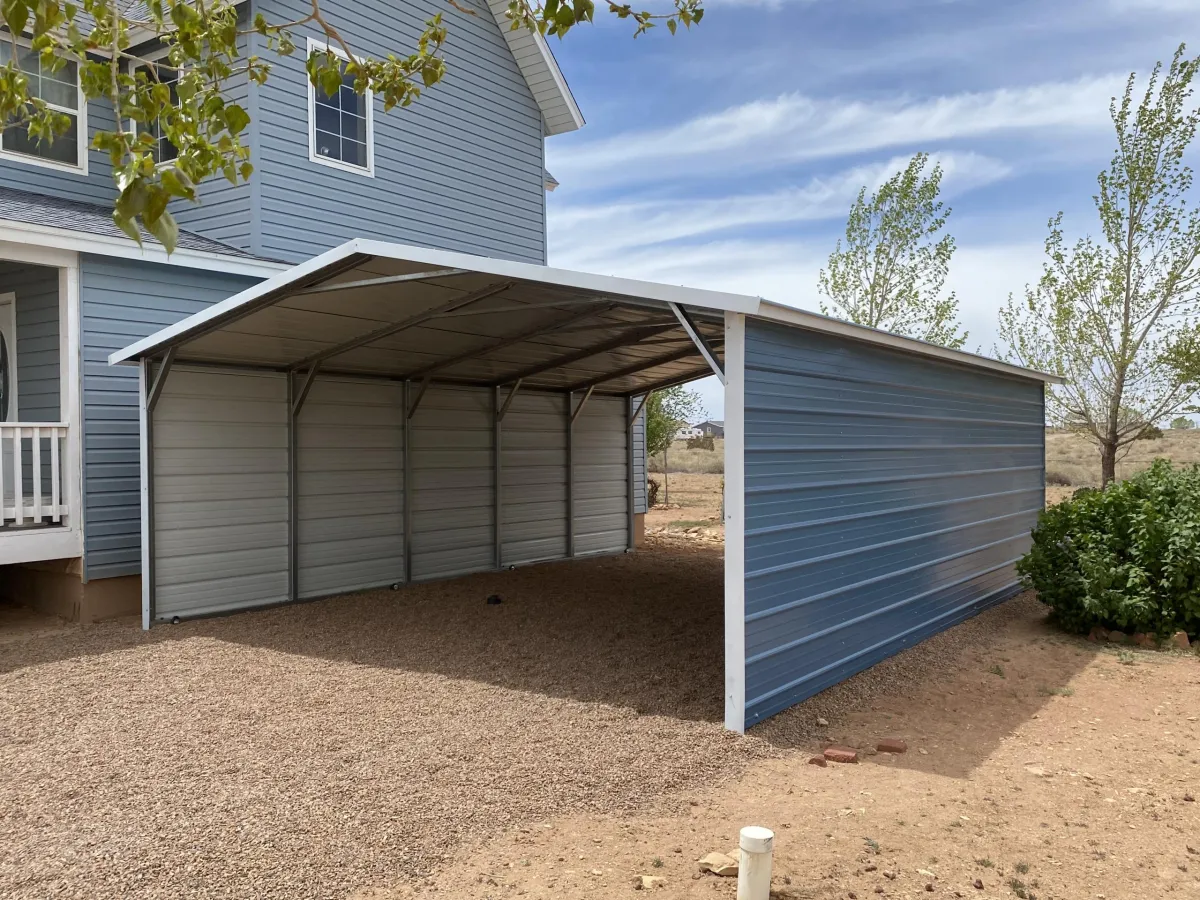
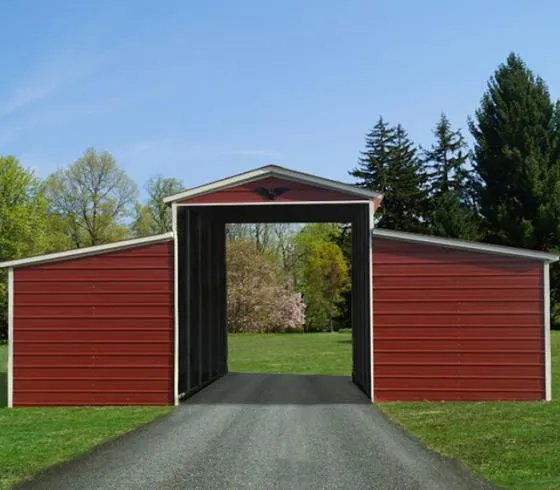
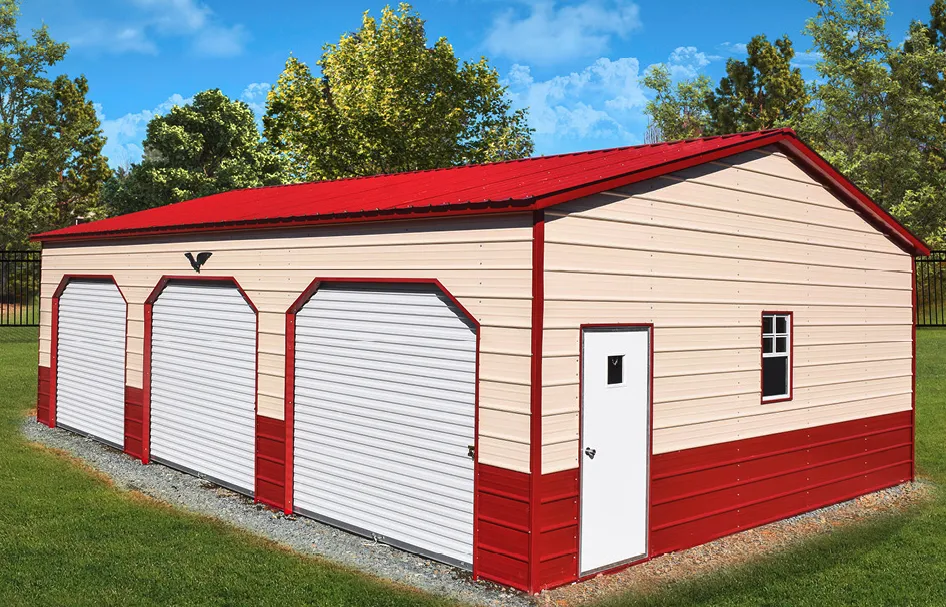
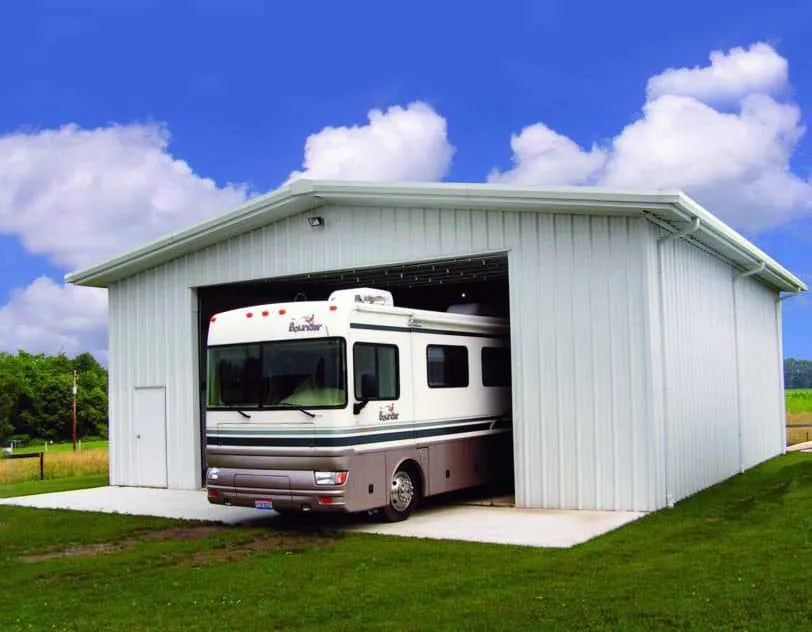

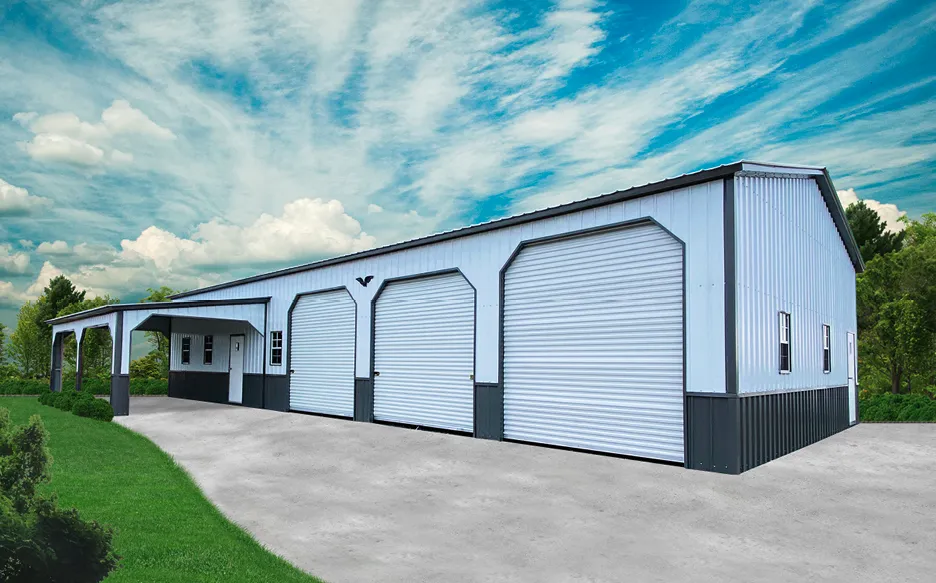
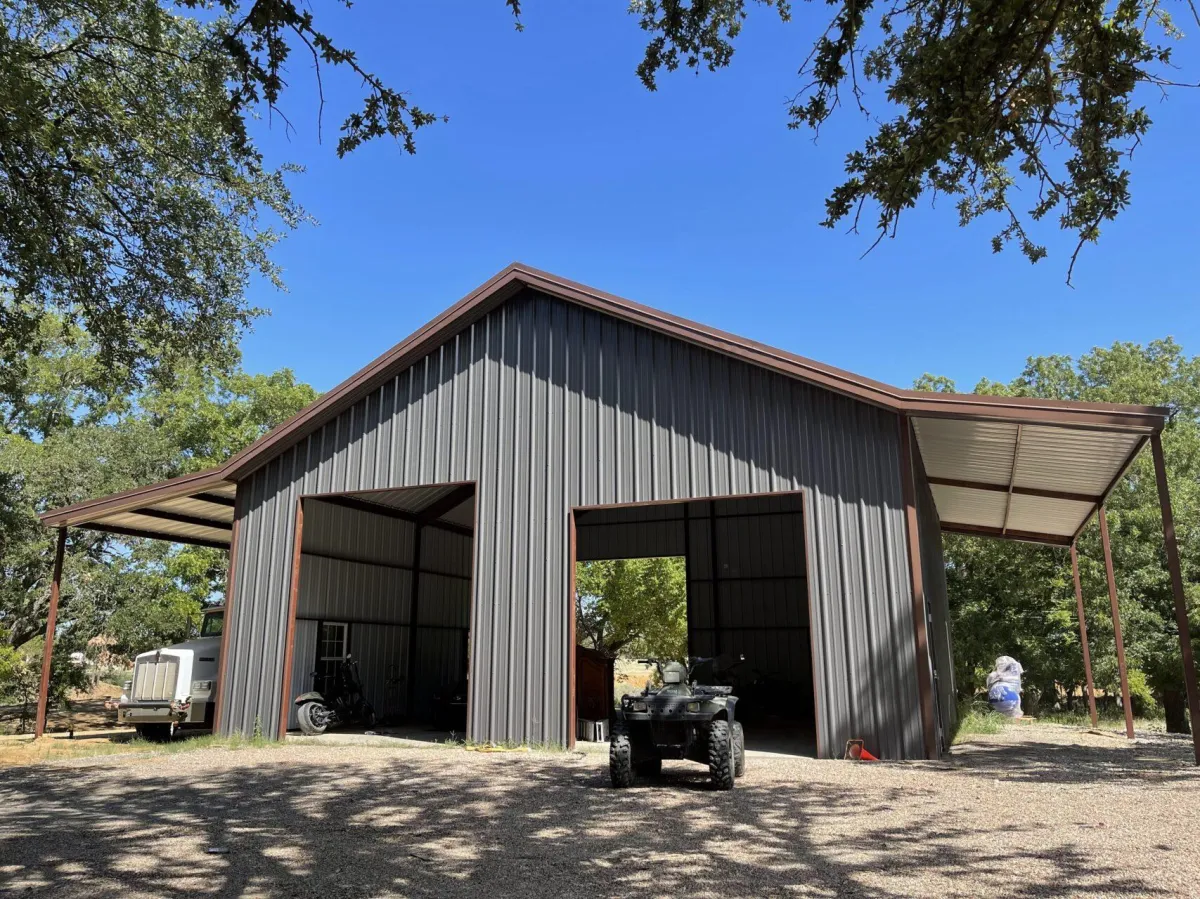
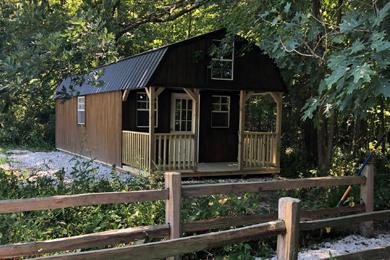

Facebook
Instagram